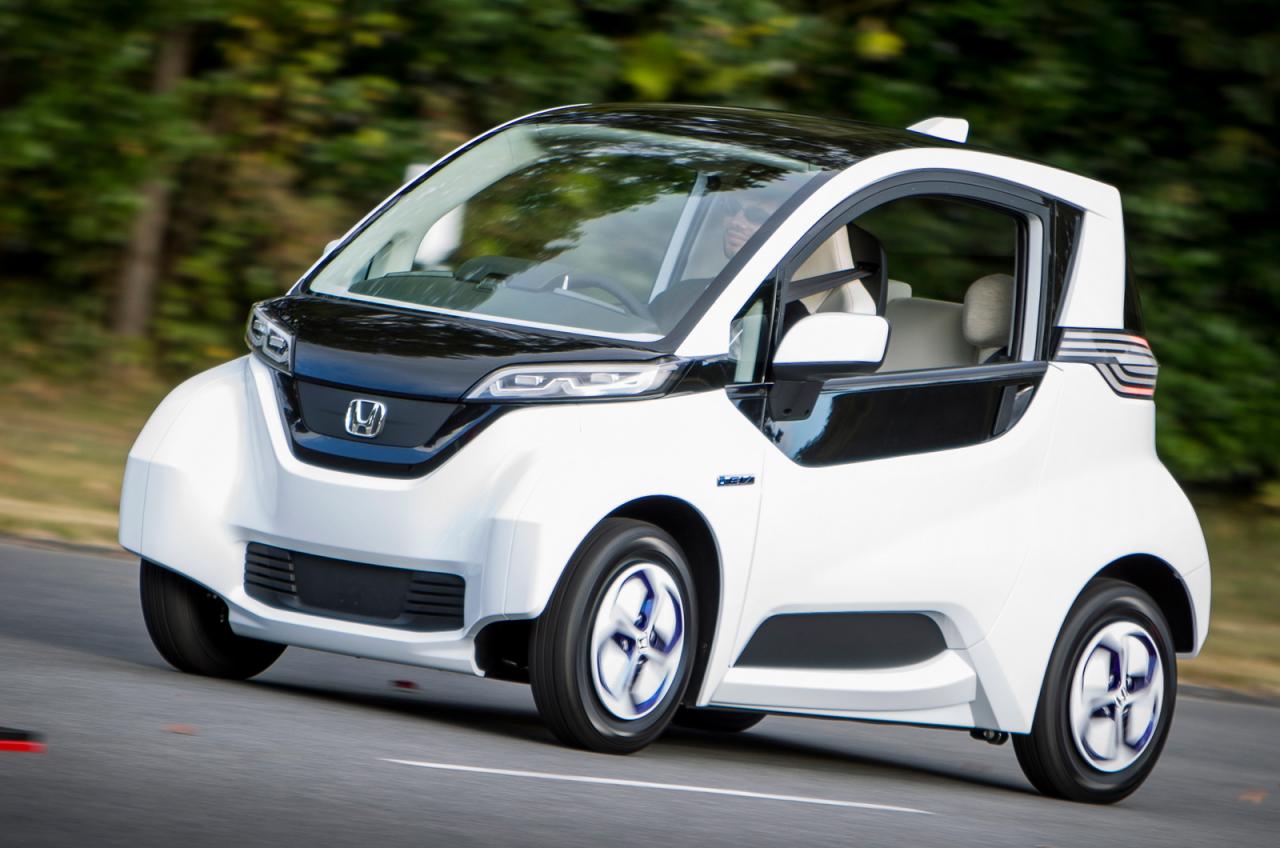The Honda Micro Commuter

 Honda have just unveiled their prototype for their 2013 Micro Commuter vehicle, meant to symbolize the start of a new phase in the company’s development of electric vehicles.
Honda have just unveiled their prototype for their 2013 Micro Commuter vehicle, meant to symbolize the start of a new phase in the company’s development of electric vehicles.
This is a second-generation prototype which features considerably less futuristic elements when compared with the original Micro Commuter concept from the 2011 Tokyo Motor Show, but it replaces those elements with ones that are more practical, user-friendly and actually suitable for current public roads.
The Japanese carmaker is planning on testing the Micro Commuter in Japan in 2013, in order to establish the potential of this short-range EV in various environments and conditions. As a result of these tests they will see whether or not launching a zero-emission production car can actually be done in Japan and Europe in the following years.
The Honda Micro Commuter is quite micro, it is 2500mm long, 1250mm wide and 1445mm tall, making it actually shorter, narrower and lower than the Smart Fortwo.
The tiny vehicle will be powered by a 15kW electric motor and it will take its energy from a lithium-ion battery located under the floor – it is apparently sufficiently powerful to propel the under-400kg vehicle to its top speed of 80km/h.
The vehicle actually features a central driving position reminiscent of the Formula 1 style of cockpits, however the interior can be arranged to accommodate either two children or one adult passenger in the rear.
The car will feature the ability to connect your tablet to its dashboard in order to get access to all of the vehicle’s internal functions such as instruments, meters, audio and navigation.
There are solar cells placed on the roof in order to recharge the tablet’s battery and Honda is also looking into how to harness solar energy in order to enhance the driving performances.
















